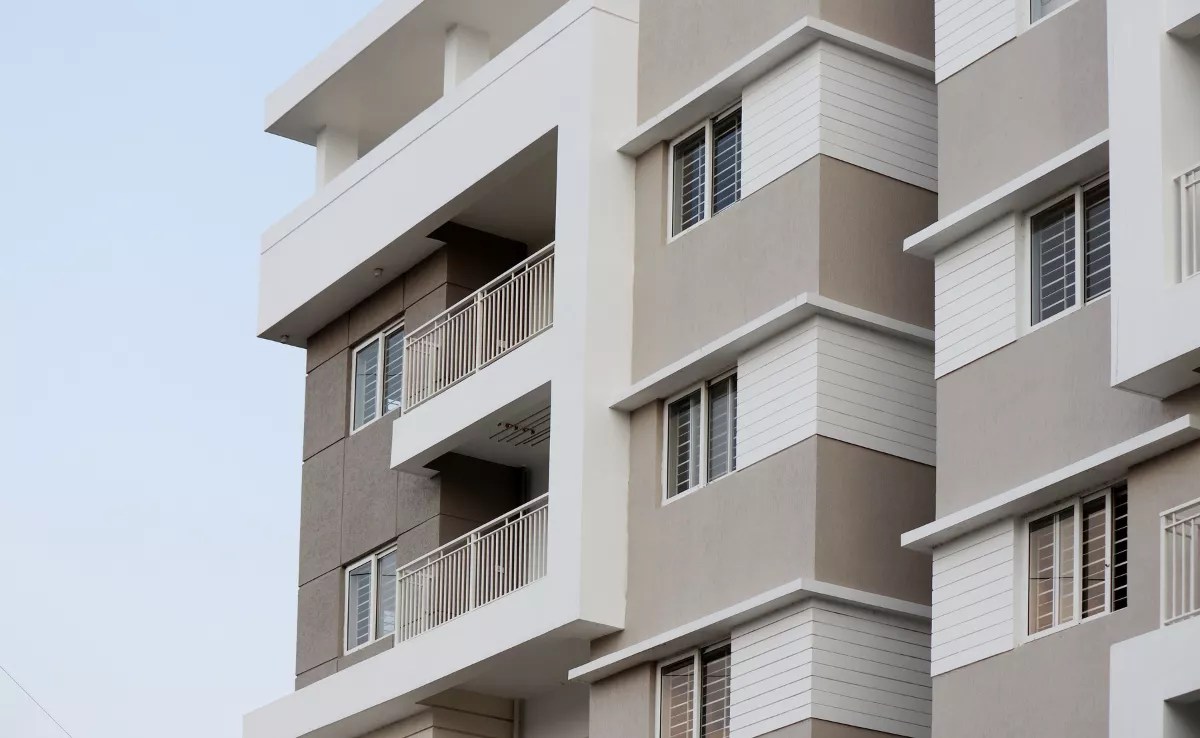Since the 16th century, Casa Anchieta, which was once home to the early years of the humanist saint San José de Anchieta (1534-1597) and located at the heart of La Laguna, has been evolving, changing its purpose, and undergoing numerous transformations. After years of neglect, the Lagunero City Council initiated a comprehensive restoration of this property, which is deemed a BIC (Cultural Asset of Local Interest). The refurbishment works were recently completed with the objective of reviving its historical importance, preserving its unique characteristics, and sharing its heritage with the public. Apart from modernising the building to meet current accessibility and fire safety standards, it will be transformed into an Interpretation Center dedicated to the Lagunero saint who resided here from the age of 2 to 14 before embarking on his journeys to Portugal and Brazil.
“We have made efforts to restore the original layout of the house, conducting an in-depth historical study with Miguel Machado, a collaborating historian. Through this research, we unearthed valuable insights about its original form and endeavoured to stay true to its essence, which is that of a courtyard house. Our aim was to highlight the patio and integrate the house with it,” elaborates Alejandro Beautell, the architect and project director overseeing the restoration.
One of the primary interventions involved reopening the galleries towards the patio, as they had been sealed off and replaced with various windows, making the house darker and disconnected from the courtyard. Initially, the project proposed covering the patio roof to shield it from La Laguna’s cold climate. However, due to restrictions imposed by the Insular Commission of Historical Heritage, fixed glass panels were eventually installed in the galleries.
Within the patio, adorned with Canarian mill basalt paving, unnecessary beams from a previous intervention were removed. “A 19th-century photograph revealed that the gallery was originally open without pillars, and our goal was to recreate that open space, albeit in a simplified manner to showcase a contemporary reinterpretation. By eliminating the pillars, the patio now appears more spacious and unobstructed,” explains the architect.
Upon entering the house, visitors are greeted by a hallway made accessible by lowering the entrance step, with the installation of the hydraulic floor dating back to 1905, when the façade underwent a neoclassical redesign by architect Mariano Estanga.
In the room to the left, attention is drawn to an ancient wooden door discovered beneath the staircase, dating back to the time of the Lagunero saint’s occupancy. This door, named ‘Anchieta Door’, marks the original access point to the patio. “It was walled up during a renovation to achieve symmetry in the façade and relocate the hallway. We have reinstated it to not only preserve its historical significance but also to educate visitors about the original entrance,” details Alejandro Beautell.
The house boasts several such remnants that bear witness to its origins and historical evolution, providing insights for experts to interpret and explain to future guests.
When asked about the surviving original elements of the building, the architect notes that only “about 25% of high-quality period wood” remains, primarily in the interior carpentry and ceilings. One notable survivor is the wooden second section of the main staircase linking the patio to the upper floor. “Historical records indicate that the initial staircase was of stone; however, the surviving portion is wooden, suggesting that the staircase was a hybrid of stone and wood in its original state. To honour this tradition, we positioned the first stone step of the stairs to shield the wood from moisture,” he elucidates.
Another historic feature is an original baroque pillar in the patio, serving as a testament to its era. Although new pillars were added, they were designed in a simplified style to clearly differentiate between historical elements and modern additions. Furthermore, only one room retains an ancient Mudejar tea roof, while in another room previously used as stables, the walls were intentionally left rough to reveal the room’s past division and function,” points out the architect.
On the state of the house prior to the restoration, Alejandro Beautell remarks that it was “in a deteriorated state” with various structural and moisture-related issues. “Not only was there widespread dampness, but structural instabilities were also prevalent. The roof of the first bay in the main structure was poorly constructed, wooden braces were failing to support the façades, resulting in visible cracks throughout the building. Our initial task was stabilising the structure to prevent further damage,” he explains. This stabilization, initiated in 2016, marked the restoration’s starting point.
While respecting the original structure of the house, the architect notes that the rooms were tailored to accommodate future museum exhibitions. “At the time of the project, the museographic details were still being finalised, so we designed versatile spaces with adjustable spotlights to offer maximum flexibility for diverse uses,” he adds.
Furthermore, to comply with accessibility regulations, adapted amenities and an elevator have been installed in the bay facing Quinteras Street, allowing access to all three levels of the property. Additionally, the semi-basement area has been rehabilitated. The room levels were also aligned, as previous interventions had resulted in varying room heights, creating accessibility issues.
The project was conceptualised in 2016, with construction carried out by the firm Víctor Rodríguez Construcciones, under the supervision of the quantity surveyor Eloy Fernández del Castillo. With a budget of 800,000 Euros, work commenced in January 2021, and the City Council formally received the property in January of the subsequent year upon completion of the renovation.
In the middle of the renovation, a pause was necessary to incorporate modifications arising during the works. The adjustments, requiring approval from the Cabildo, included the exterior repaint of the entire house to its present colour.
Interpretation Centre
Recently, the house hosted the II Anchietan Days, a gathering exploring the life of Father Anchieta, the monument commemorating him in the municipality, and the restoration of his childhood and adolescence abode. The informative session was led by Alejandro Beautell himself.
Following the restoration, the next phase involves transforming the house into an Interpretation Centre dedicated to the Lagunero saint.
It is important to note that in April, the municipal assembly unanimously endorsed this proposed use, entrusting the newly established Municipal Council of Cultural Heritage with setting timelines to discuss adapting the existing project to contemporary exhibition and technological standards. Furthermore, ensuring its financial and operational feasibility by determining the required investment for its implementation.
The municipal assembly also committed to exploring all potential funding sources to complement municipal contributions and achieve the Centre’s outreach objectives.
















